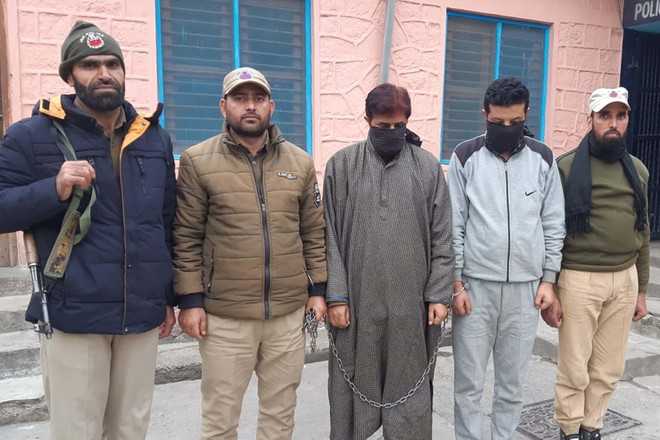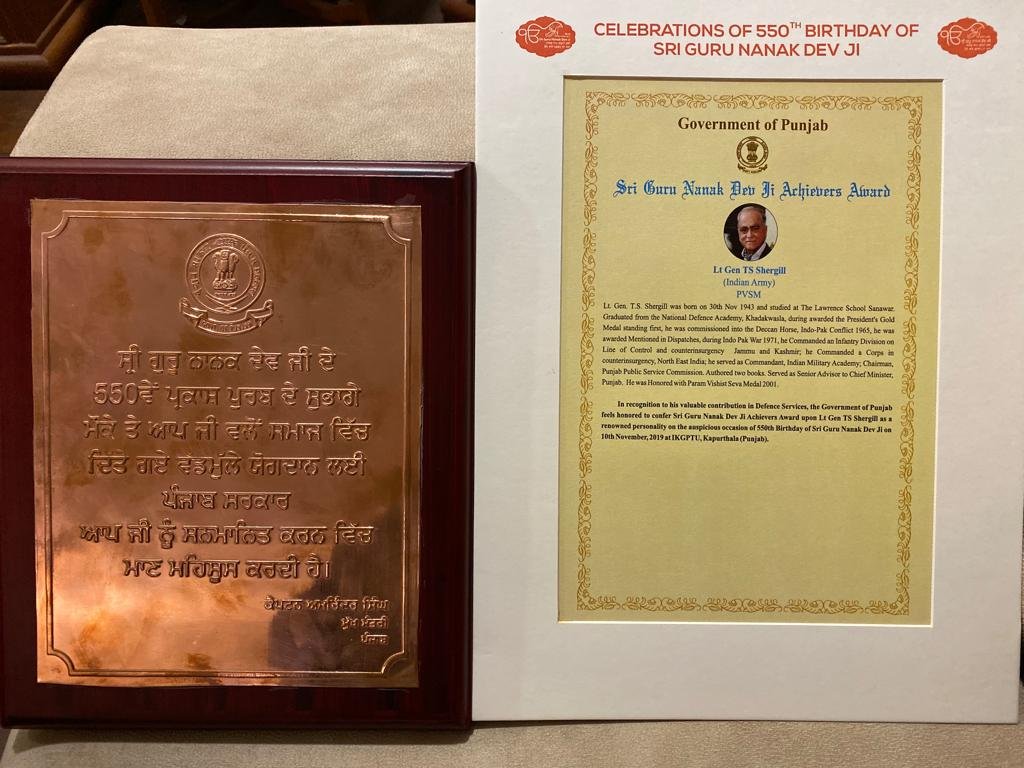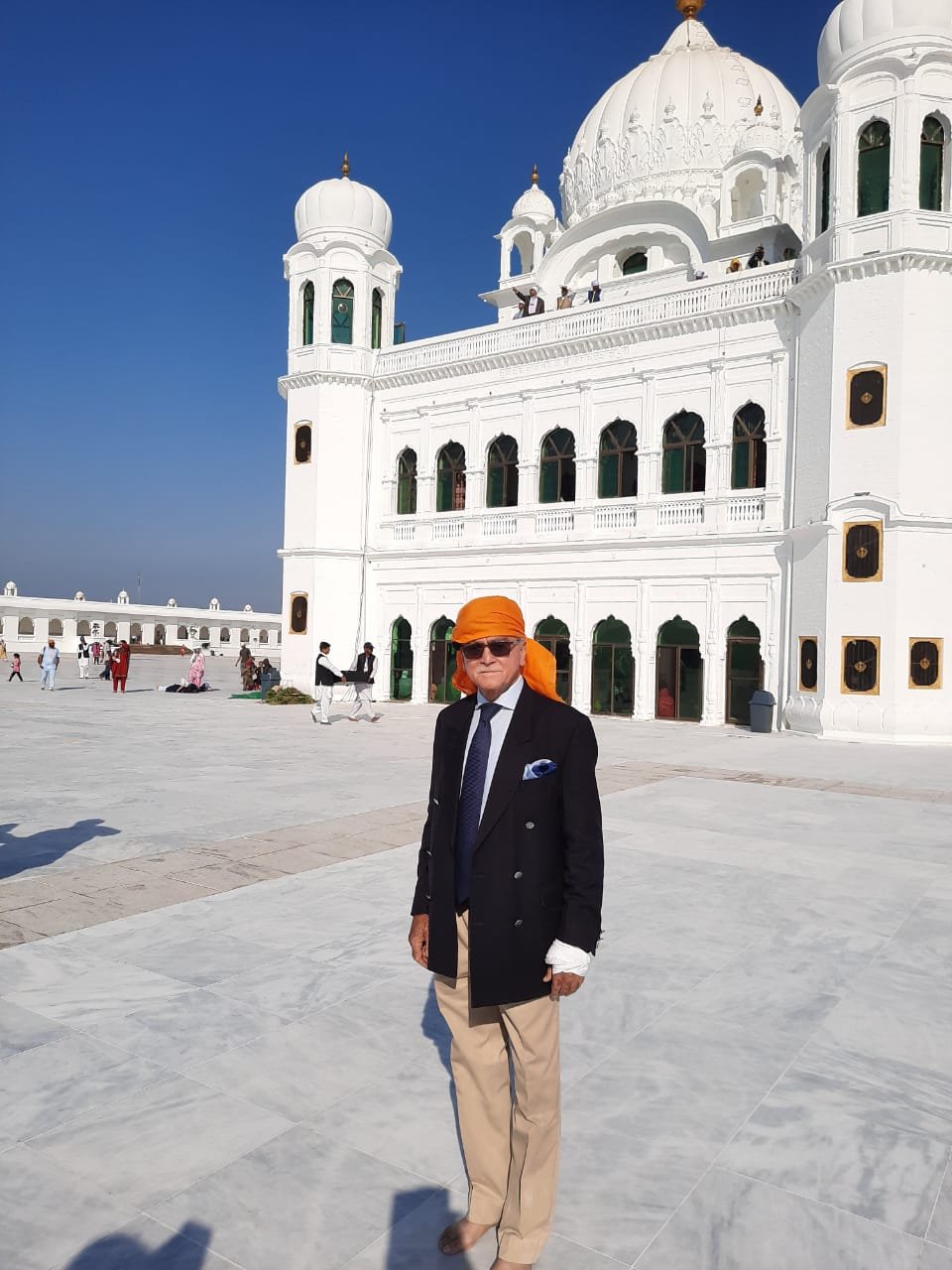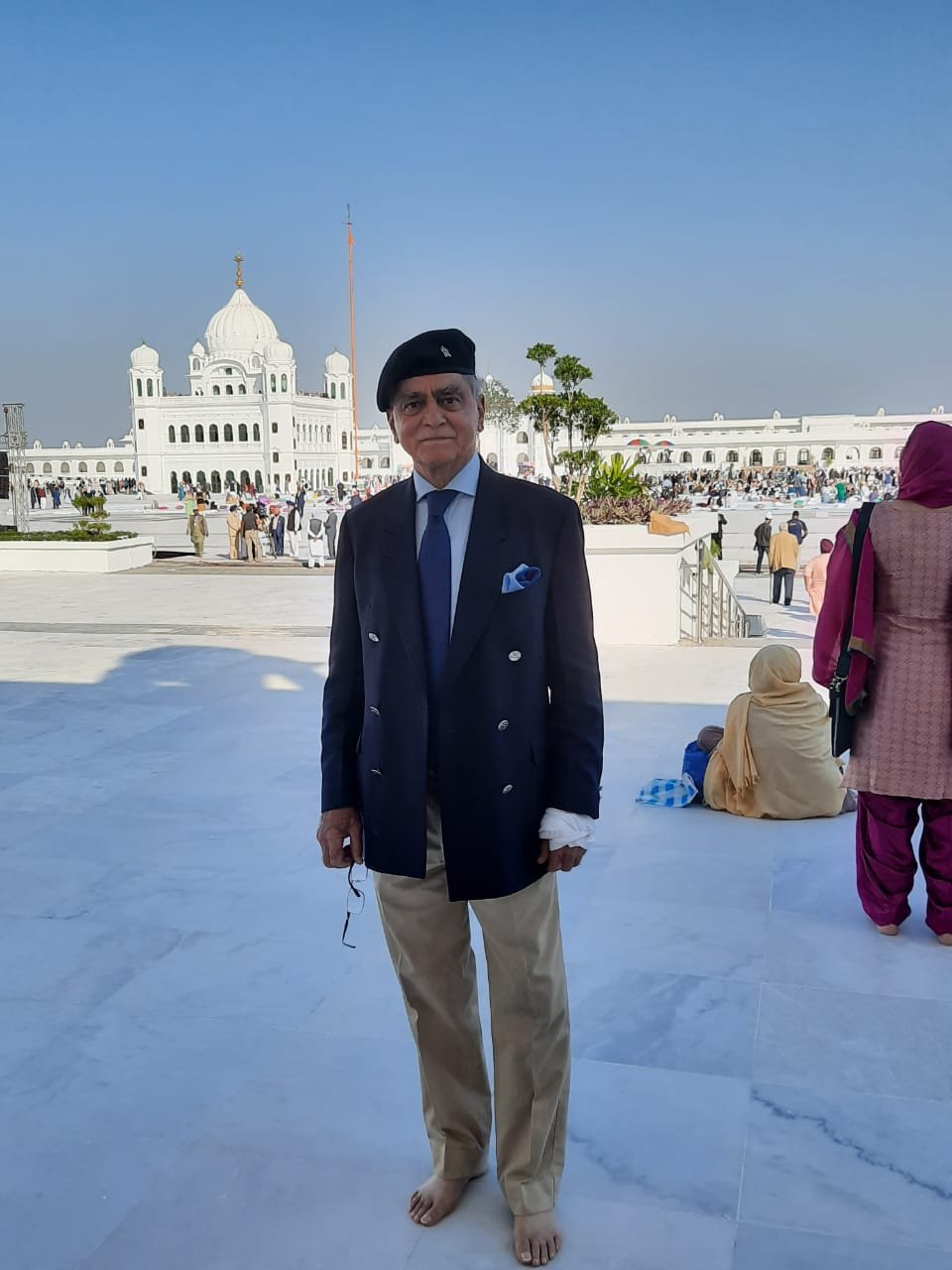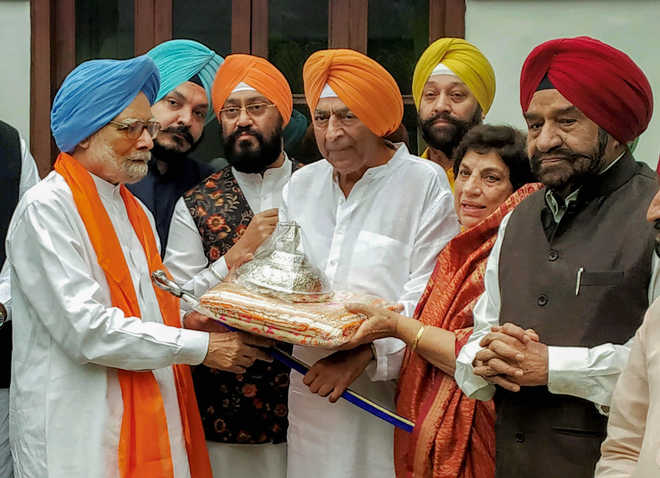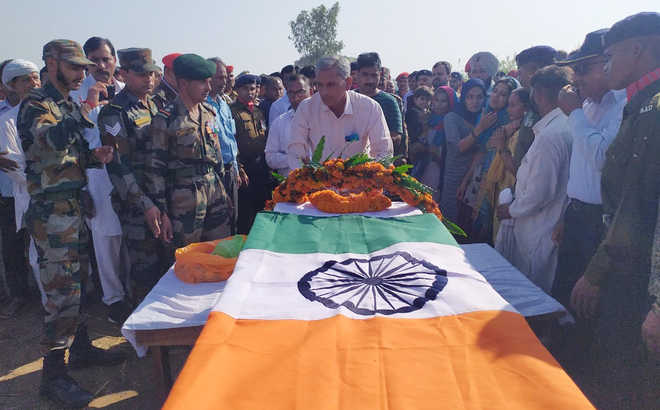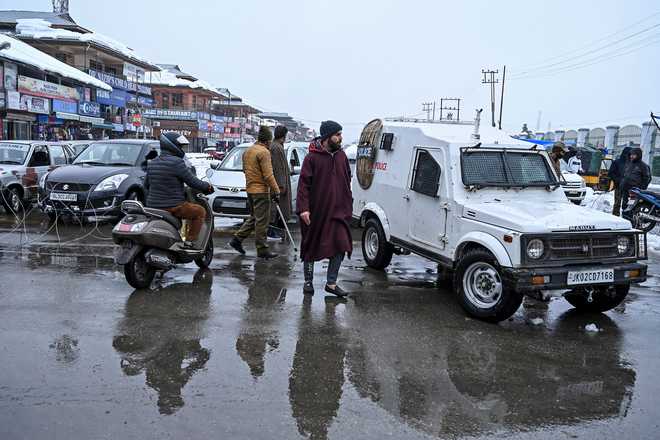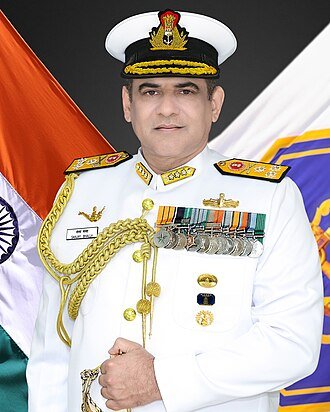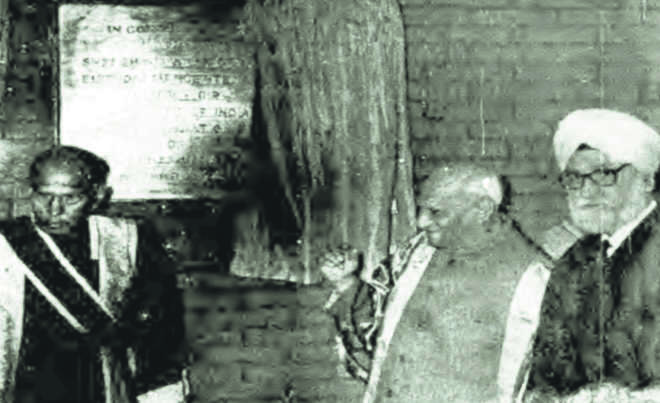
President VV Giri unveiling the corner stone at Guru Nanak University at Amritsar
From Our Correspondent
AMRITSAR, Nov. 24 — Laying the foundation-stone of the Guru Nanak University campus, three miles from here, President Giri today said universities in the modern world had a crucial role to play in advancing civilisation. They should respond to changed conditions and new demands. They must not merely display their traditional resourcefulness but should have the capacity for effective growth. In a democracy they could not be content with the traditional goal of scholarship and learning. They had to devise new programmes and take into account the needs of society.
Also read:
- Guru Nanak’s Words Still Inspiring
- THUS SPAKE GURU NANAK
- Processions Mark Guru Nanak’s 500th Birthday Celebrations
- EDITORIAL
Mr Giri said that the primary aim of educational institutions should be to develop character and integrity and to build up personality of students through proper discipline.
Mr Giri said Guru Nanak University should inculcate the cardinal virtues which Guru Nanak preached — humanism, tolerance, reason and breadth of vision — on students. If the universities fulfilled these obligations to the student community in particular and the nation at large, then it would pave the way for translating into reality the goal of a democratic social order, he said.
The President stressed the need for establishing agricultural and industrial colonies, for providing technical training to the unemployed to enable them to earn a decent livelihood.
He, however, mentioned that without the active and sustained assistance from the Government, both in regard to the establishment of such productive colonies-cum-training centres as also in marketing their products, this scheme would not succeed. He said that a progressive State like Punjab could give a lead in this direction. He asked the new university to devote its attention to the growth of agro-industries and help in the solution of the problem of unemployment and poverty.
Mr Bishan Singh Samundri, Vice-Chancellor, thanked the President, the Governor and the Punjab Government and promised to do his best to see that the University functioned in accordance with Guru Nanak’s teachings.
Earlier, on arrival, the President was received by the Punjab Chief Minister, Mr Gurnam Singh, Mr Surjit Singh, Education Minister, and Mr Bishan Singh Samundri, the new Vice-Chancellor of Guru Nanak University.
The function was attended by over 2,000 dignitaries from all over Punjab, including Mr Ujjal Singh, Governor of Tamil Nadu, Mr Gurdial Singh Dhillon, Speaker of the Lok Sabha, and Mr Suraj Bhan, Vice-Chancellor, Panjab University.
About 100 students staged a demonstration demanding entry into the pandal, put up for University function. The demonstrators shouted slogans like “Sat Sri Akal”, “Punjab Police Murdabad”. The police, however, pushed them away. Only invitees were allowed to enter the pandal.









